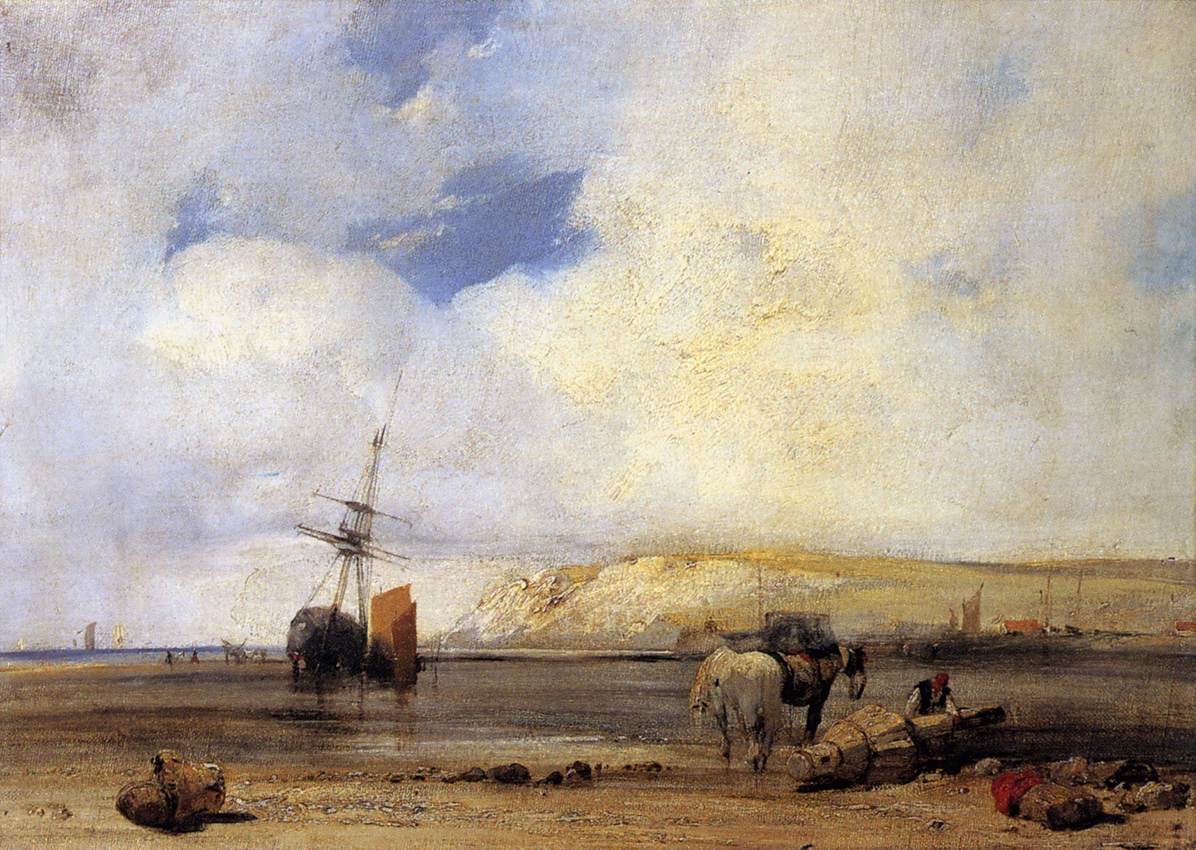Life sometimes presents us, confronts us, with finely calibrated decisions where the choice between two alternatives is not easy, but the consequences of choosing rightly or wrongly are significant. I saw an example of this Monday at a baseball game. Let me tell you the story, and you don't have to be an expert on baseball to see the point.
After eight innings, neither team had scored. In fact, no runner had made it to third base and only two had reached second. You could politely call it a thrilling duel by two skilled pitchers, or you could note wryly that both teams had a sorry batting average — not surprising for the minor leagues on the last day of the season, when the better players had been called up for tryouts or injury fill-ins. Anyway, we entered the top of the ninth 0-0.
The home team's pitcher had given up only two hits. Does the manager leave him in, betting on another 3-up, 3-down inning but accepting the risk that the pitcher will tire and give up a sudden run? Or does the manager bring in a reliever with a fresh arm, but who might come to the mound flat? You know that the starting pitcher does not want to be yanked, so even if his arm is getting rubbery, he won't confess it. After all, it's the last game of the season and he wants to leave the organization with a strongly positive memory of a complete game shutout. And the catcher isn't much help to the manager in making the decision because the pitcher showed really good stuff in the eighth.
The manager opted to bring in the reliever, who gave up a hit but eventually got three outs without giving up a run.
Now it's the bottom of the ninth, still 0-0. The visiting team's manager faces exactly the same decision. His pitcher has given up six hits through eight innings, but most of them were weak singles "with eyes". The manager opts to leave his starter in. Things turn sour for the visiting team immediately: the first four pitches are balls, and the next batter hits a walk-off double to deep left that brings in the winning run.
Superficially, one manager looks like a genius and the other manager looks like a dolt. But that's not fair to either. One manager played the statistics strictly, and the other manager followed a hunch or perhaps had another objective in mind. I know that the losing pitcher will always remember the vote of confidence he got from his manager. Point is, both managers had reasonable means by which to reach their decisions. In this circumstance, one approach worked and the other didn't.
Philosophers have said, to paraphrase, that we are the sum of our choices. Maybe they're right, but it's a scary way of looking at life. In my years I have run across a few people who appear to be very adept at making finely calibrated decisions that consistently turned out well — but only a few such people. Are they so skilled or just lucky? I wonder. Meanwhile, the rest of us proceed through life doing the best we can, hoping that we find ourselves on the favorable side of a 1-0 score more often than not.


